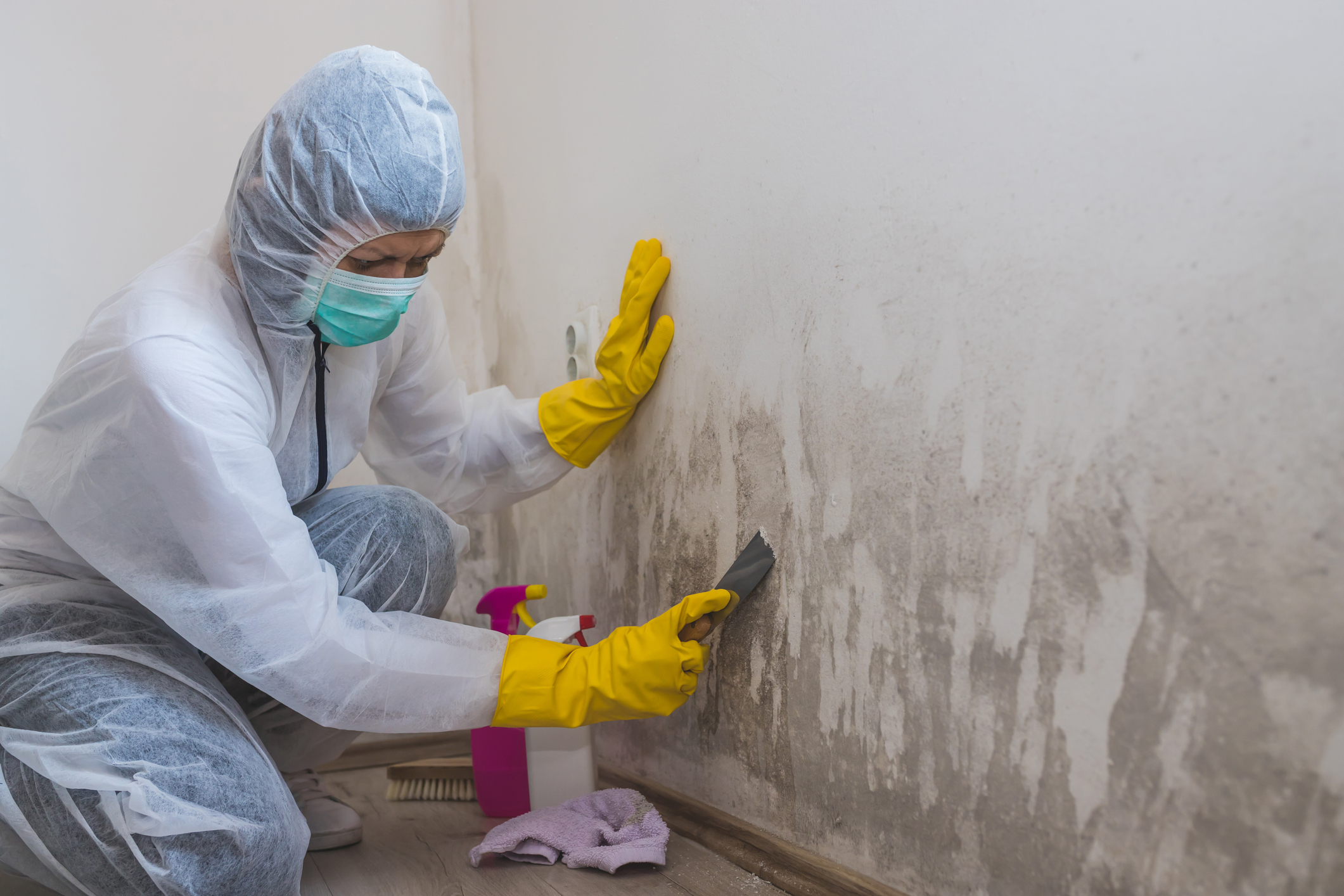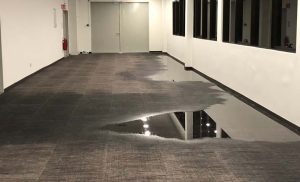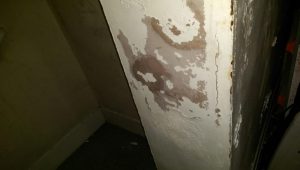Interstitial damp is a type of dampness that occurs within the walls of a building, as opposed to surface dampness, which occurs on the exterior or interior surfaces of the walls. It is often caused by rising damp, which occurs when ground moisture is drawn up into the walls of a building through capillary action.
There are several signs that you may have interstitial damp in your home. These include peeling paint or wallpaper, mold or mildew growth, and a musty smell. If you suspect that you have interstitial damp, it is important to address the issue as soon as possible, as it can lead to more serious problems if left unchecked.
There are a number of ways to treat interstitial damp, depending on the cause and severity of the problem. One common method is to install a damp-proof course (DPC), which is a barrier that is placed within the walls of the building to prevent moisture from rising. Another option is to use a chemical damp-proofing treatment, which is injected into the walls to create a barrier against moisture.
If you are experiencing interstitial damp, it is important to have the issue assessed by a professional. They will be able to determine the cause of the damp and recommend the most appropriate treatment. In some cases, the problem may be due to a more serious issue, such as a leak in the plumbing or roof, so it is important to get to the root of the problem.
Preventing interstitial damp is important for the health and longevity of your home. Proper ventilation and maintaining the exterior of the building (such as ensuring that gutters and downspouts are in good repair) can help to prevent moisture from entering the walls. Regularly checking for and addressing any signs of interstitial damp can help to ensure that your home remains healthy and comfortable for years to come.








